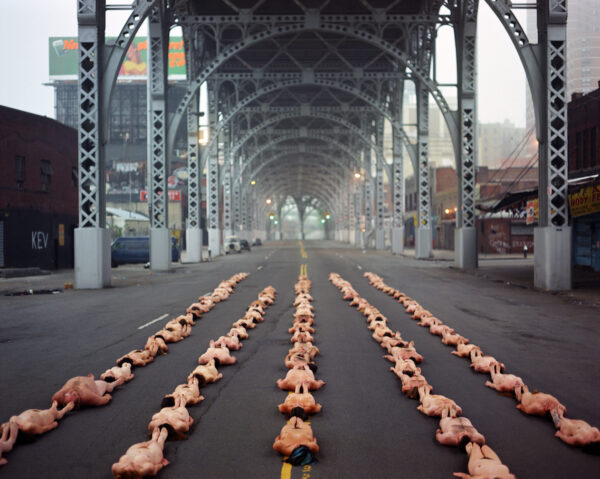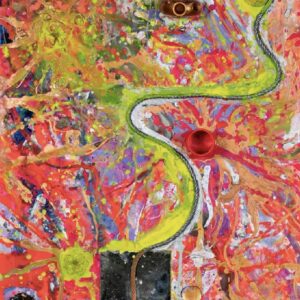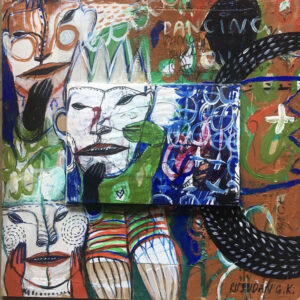Spencer Tunick
Winning Bid: $1,200.00
American Morning, 1998, 2020
pigment print
signed
16 x 20 in.
Retail Price: $2,500.00
Item condition: New
PROVENANCE: Courtesy of the Artist
Artist Spencer Tunick has been documenting the live nude figure in public, with
photography and video, since 1992. Since 1994, he has organized over 100 temporary site-
related installations that encompass dozens, hundreds or thousands of volunteers, and hisphotographs are records of these events. The individuals en masse, without their clothing,
grouped together, metamorphose into a new shape. The bodies extend into and upon the
landscape like a substance. Tunick stages scenes in which the battle of nature against
culture is played out against various backdrops, from civic center to desert sandstorm,
humans are returned to a pre-industrial, pre-everything state of existence. These group
masses, which do not underscore sexuality, often become abstractions that challenge or
reconfigure one’s views of nudity and privacy. The work also refers to the complex issue of
presenting art in permanent or temporary public spaces.
Spencer Tunick’s body of work may come to help define or at least clarify the social, political
and legal issues surrounding art in the public sphere. Since 1992, Tunick has been arrested
5 times while attempting to work outdoors in New York City. Soon after his Times Square
arrest, as with the previous 4 arrests, all charges were dropped. Determined to create his
work on the streets of New York, the artist filed a Federal Civil Rights Law Suit against the
city to protect himself and his participants from future arrests. In May 2000, the Second US
district court sided with Tunick, recognizing that his work was protected by the First
Amendment of the US Constitution. On June 3 of the same year, in response to the city’s
final appeal made to Justice Ruth Bader Ginsburg and the court at large, the US SupremeCourt also ruled in favor of Tunick by remanding the case back down, allowing the lower
court decision to stand and the artist to freely organize his work on New York City streets.
His temporary site-specific installations have been commissioned by the XXV Biennial de
Sao Paulo, Brazil (2002); Institut Cultura, Barcelona (2003); The Saatchi Gallery (2003);
MOCA Cleveland (2004); Vienna Kunsthalle (2008) and MAMBO Museum of Modern Art,
Bogota (2016), among others.
Auction History
Auction has finished
Highest bidder was: t******r
| Date | Bid | User | Auto |
|---|---|---|---|
| November 10, 2020 9:19 am | $1,200.00 | t******r | |
| November 8, 2020 6:52 pm | $1,100.00 | HH | |
| November 6, 2020 12:27 pm | $1,000.00 | n*******g | |
| October 28, 2020 12:01 am | Auction started | ||










